Blogs
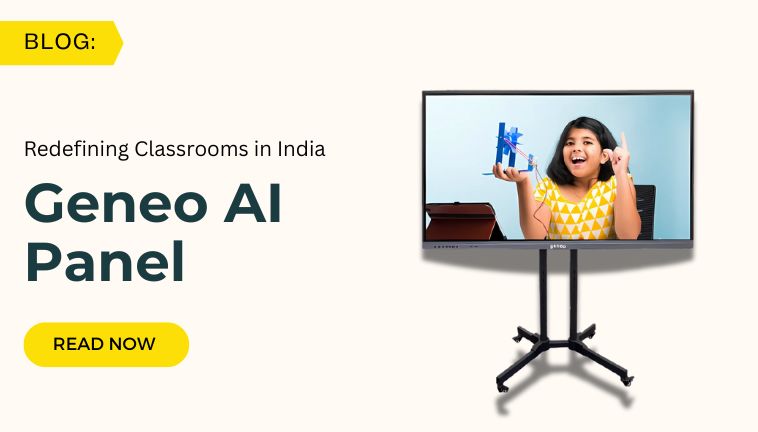
May 6, 2025
Geneo AI Panel: Redefining Classrooms in India
“Students taught using interactive technology score 30% higher in retention and understanding.” That stat says a lot. A classroom with 3D science labs, AI lesson planners, and instant wireless file sharing? Yes, it's real, and it's happening with the Geneo AI panel. India is home to over 250 million school-going children, but many classrooms still use chalk and blackboards. That’s changing now fast. At the heart of this change is a powerful tool: the Geneo AI panel. What is the Geneo AI panel? At its core, the AI panel is a smart, interactive flat panel. Think of it as a digital whiteboard with AI superpower tools built to work in every Indian classroom.
Read More ⟶
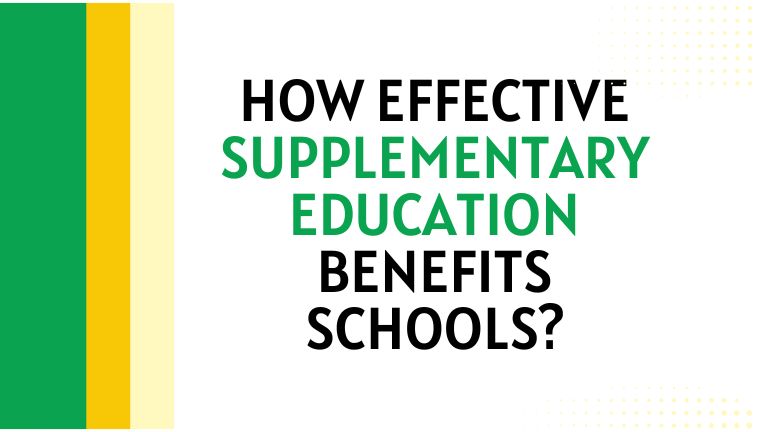
April 28, 2025
How effective are Supplementary Education benefits for schools?
School leaders face many challenges when working to give students the education they deserve. They deal with teacher shortages and limited resources, two major hurdles that can prevent students from reaching their full potential. Supplementary education can make a big difference. It offers extra academic help for K–12 students, fills learning gaps, adds more teaching time, and opens doors to subjects that aren't always available. It also builds key skills like critical thinking, creativity, and problem-solving. This kind of learning can truly change lives. It helps teachers and students by allowing for different learning styles, speeds, and levels of understanding. In this blog, we’ll examine how supplementary education boosts student success and how school districts can start using it effectively. What is Supplementary Education? Supplementary education
Read More ⟶

April 22, 2025
Edtech Companies in India & Their Evolving Landscape
In 2024, India’s edtech market was worth $7.5 billion. It may grow to $29 billion by 2030. That’s a big jump. What’s behind this growth? And what’s changing? Let’s understand how Edtech Companies in India are growing and what this means for students, teachers, and parents. Growth of Edtech Companies in India Edtech means education using technology, like apps, videos, and online classes. Why is edtech growing fast in India? More people now use the internet and mobile phones
Read More ⟶
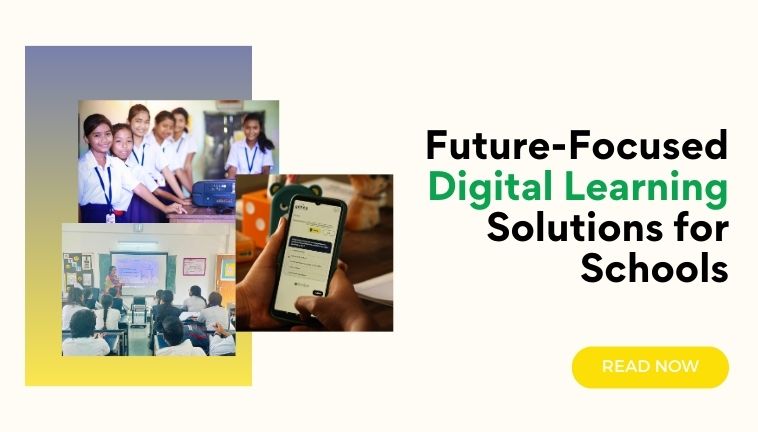
April 17, 2025
Future-Focused Digital Learning Solutions for Schools
The education system is quickly shifting from traditional classrooms to digital learning solutions. With today’s technology, it’s easier than ever to connect with students through engaging and interactive digital tools that work for all types of learners. Digital education isn’t just a short-term trend; it’s shaping how students and teachers will learn in the future. Schoolnet is leading this change by using smart technology to improve learning for both students and teachers. In this blog, you’ll explore what the future of a looks like and see how Schoolnet is playing a key role in transforming education.
Read More ⟶
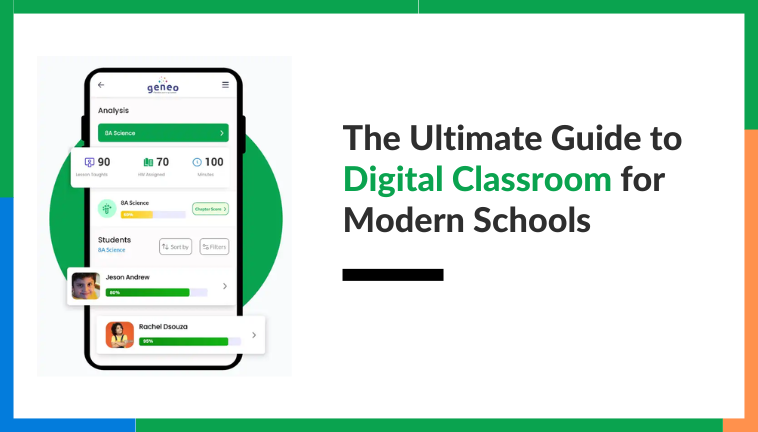
April 15, 2025
The Ultimate Guide to Digital Classroom for Modern Schools
Learning has changed. Imagine a classroom where students watch volcanoes erupt in 3D, solve maths puzzles through games, or attend lessons even on a rainy day from home. That’s not science fiction. That’s the digital classroom. Today, students don’t just read from books or listen to the teacher. They use videos, apps, and smart tools. They learn at home, in school, or anywhere with internet. This is what we call a digital classroom. It is not the future. It’s already here. Let’s learn what it means and how it helps schools, teachers, and students. What is a Digital Classroom?
Read More ⟶
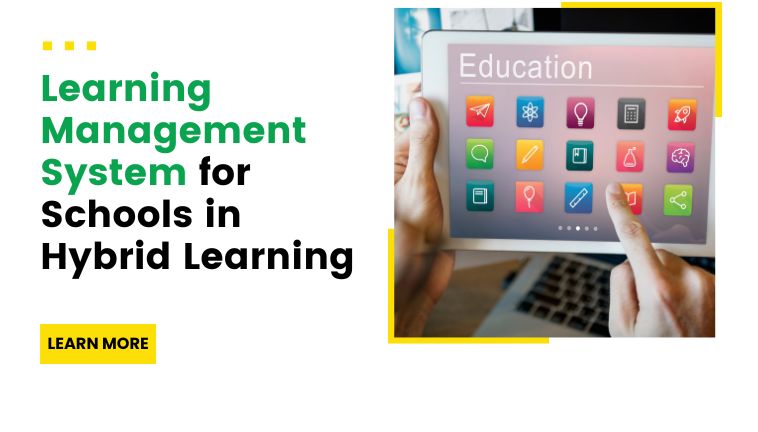
April 8, 2025
Learning Management System for Schools in Hybrid Learning
Education has changed dramatically in recent years, with hybrid learning becoming a key part of modern teaching. By blending online and offline methods, hybrid learning offers greater flexibility, better access, and more personalized experiences for both students and teachers. But managing this mix of learning styles can be a challenge. That’s where hybrid school management systems transform how schools run and support this model. This article will examine how these systems help make hybrid learning smooth, efficient, and impactful. What is hybrid learning? Hybrid learning combines traditional in-person classes with online learning tools. Students can join classroom sessions while also using digital resources, virtual lessons, and remote tools. This approach supports different learning styles and schedules, making education more flexible and inclusive.
Read More ⟶
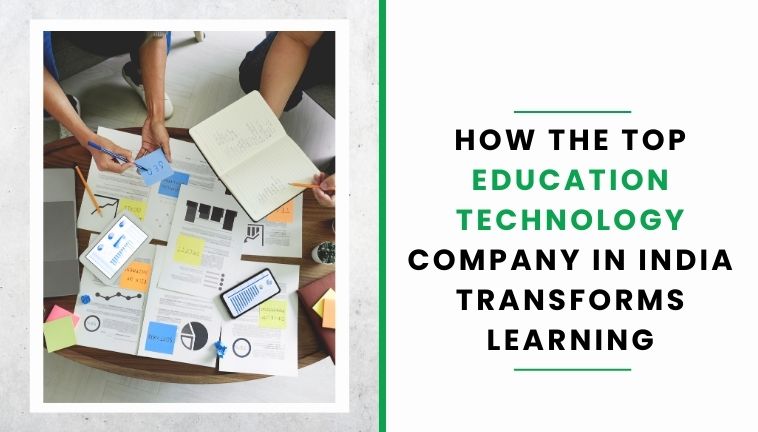
April 3, 2025
How the Top Education Technology Company in India Transforms Learning
Learning is different now. Old classrooms with only books and blackboards are changing. The Top Education Technology Company in India is using innovative technology to help students and teachers. But it’s not just about using computers—it’s about making learning better for everyone. New Ways to Learn: More Than Just Smartboards Technology is making school fun! Now, students don’t just read from books. They watch videos, play learning games, and take online quizzes. Teachers also use smart tools to see how well students are learning. This helps them teach in a better way. How the Top Education Technology Company in India is Helping Students The top is leading this big change. Let’s see how it is making learning better for students and teachers!
Read More ⟶
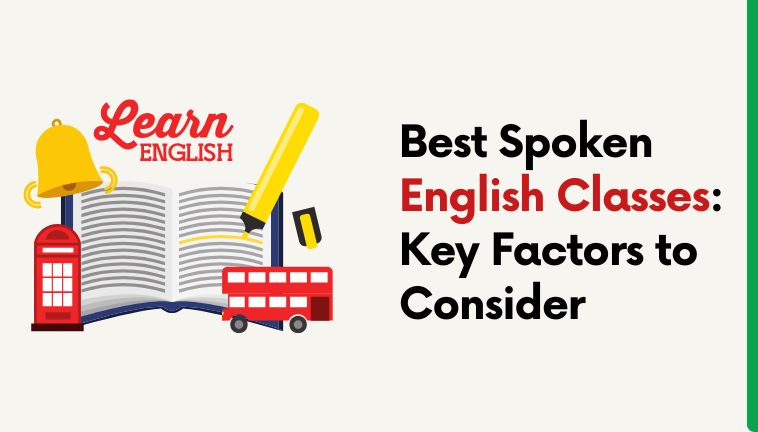
March 25, 2025
Best Spoken English Classes: Key Factors to Consider
English is the global language of business, education, and travel. A study by Cambridge English found that over 95% of employers worldwide consider English proficiency crucial for job success. Whether you're a student, a working professional, or someone looking to boost confidence, choosing the Best Spoken English Classes can make all the difference. What Defines the Best Spoken English Classes? Not all courses are the same. Some focus on grammar, while others emphasize fluency. The Best Spoken English Classes should offer: Interactive Sessions - Real-world conversations, role-plays, and debates.
Read More ⟶

March 21, 2025
Most Innovative EdTech Companies Using AI for Education
The education technology (edtech) industry is transforming how students, teachers, and schools experience learning. Most Innovative EdTech Companies use technology to make education more interactive, accessible, and personalized. From virtual classrooms and online courses to adaptive learning platforms and digital textbooks, edtech companies are reshaping the way we learn. With advancements in artificial intelligence, augmented reality, and data analytics, these companies are building innovative tools to boost student engagement and improve learning outcomes. As a result, the demand for edtech app development is growing rapidly, with institutions and startups racing to create modern, effective solutions that meet the changing needs of today’s learners. Insights from the Edtech Industry The education technology (edtech) market is on an impressive growth path, expected to surpass USD 824.91 billion by 2037. By 2025, the industry size is projected to hit USD 181.97 billion. Key segments are also booming: Education software is forecasted to grow at a from to .
Read More ⟶

March 18, 2025
National Education Policy 2020: Vision, Challenges & Future
India’s education system is evolving, and at the core of this transformation lies National Education Policy (NEP) 2020 . This policy aims to make learning more flexible, inclusive, and skills-driven. But what does it mean for educators and students? What are the challenges in implementing it? Let’s break it down.
Read More ⟶
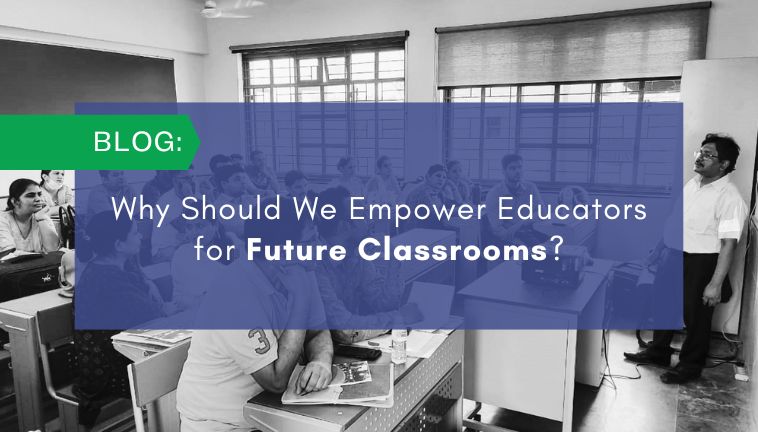
March 11, 2025
Why Should We Empower Educators for Future Classrooms?
Education shapes the future by equipping young minds with the knowledge, skills, and opportunities they need to succeed in a fast-changing world. Future classrooms are a key driver of social and economic progress, helping individuals reach their full potential and contribute to society. Educators are at the core of this transformation, acting as change-makers and playing a vital role in guiding and empowering students. When educators create a supportive and inclusive learning space, they spark curiosity, nurture a love for lifelong learning, and equip students with essential skills for the modern workforce. Recent reports highlight a growing demand for skilled workers worldwide. By 2030, over 1 billion young people will enter the job market, making it crucial to ensure they have the skills needed for economic growth and sustainable progress.
Read More ⟶
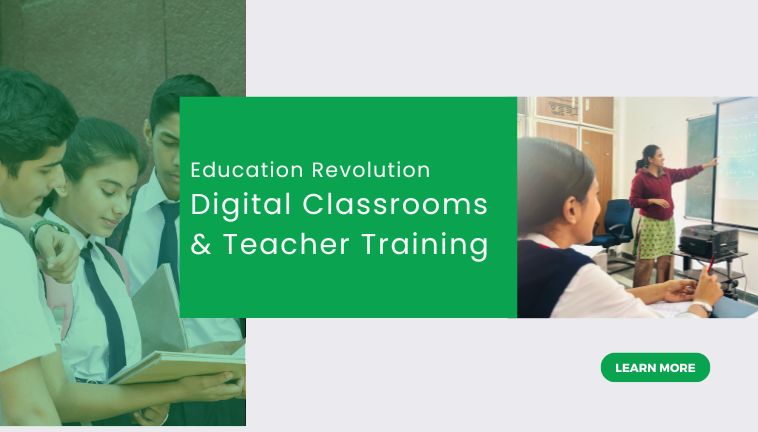
March 7, 2025
Education Revolution: Digital Classrooms & Teacher Training
Education is changing fast! Schools now use digital classrooms to make learning fun and easy. But technology alone is not enough. Teacher training helps teachers use these tools well. Together, they create a learning ecosystem that gives a better learning experience for the students. How Digital Classrooms Make Learning Exciting A digital classroom is more than just a screen. It makes lessons more interactive and engaging. Here’s how: Videos and animations make complex topics simple. Online quizzes help students learn better and faster.
Read More ⟶
© Schoolnet India Limited





